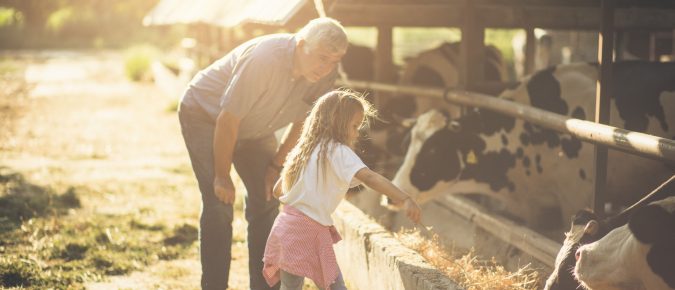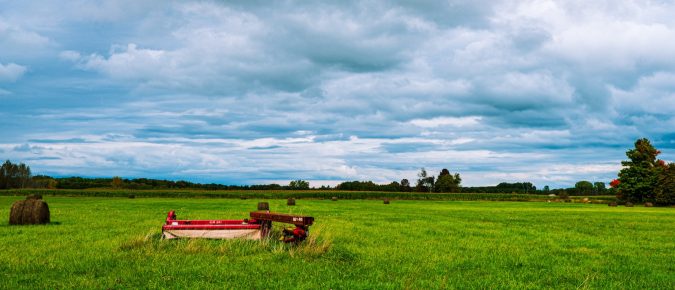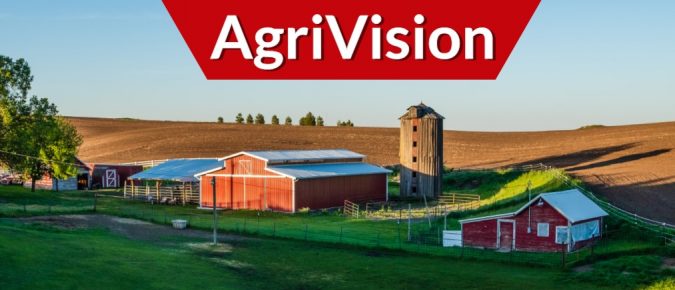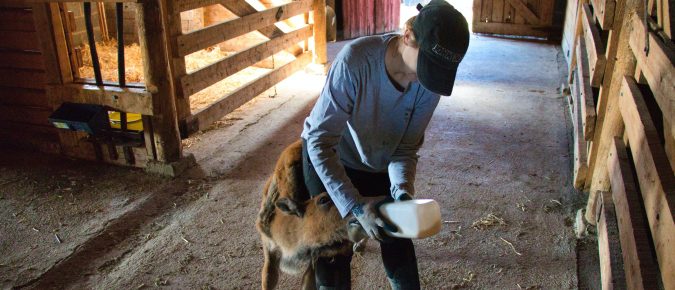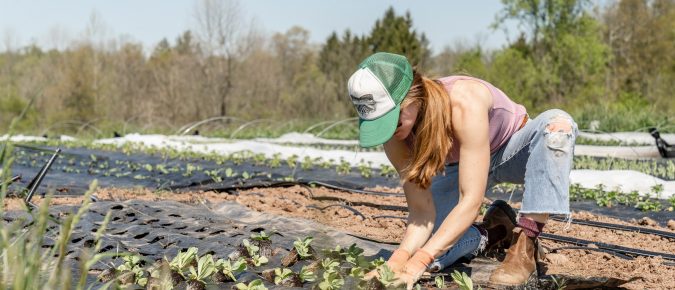Farm succession planning has a lot of technical components that require accountants, consultants, tax specialists, and attorneys to figure out how and when the transition will happen. Read how Extension helped this family farm successfully transition to the next generation of owners.
The season of New Year’s resolutions is upon us. This time of year, we start reflecting on what we have accomplished and what we would like to achieve in the year ahead. Before jumping right into those new resolutions, take some time to remind yourself of your big-picture or long-term vision for yourself and your farm business, set strategic goals to align with your vision, develop an attainable plan of action, and identify who is responsible for each part of the plan.
This article is one of a series of articles about worksheets in Cultivating Your Farm’s Future: a workbook for farm succession planning in Wisconsin. Cultivating Your Farm’s Future: a workbook for farm succession planning in Wisconsin was developed as a companion piece for Extension farm succession programs. It is designed to help family members and […]
This article is one of a series of articles about worksheets in Cultivating Your Farm’s Future: a workbook for farm succession planning in Wisconsin. Cultivating Your Farm’s Future: a workbook for farm succession planning in Wisconsin was developed as a companion piece for Extension farm succession programs. It is designed to help family members and […]
How would you describe your attitude or emotions to the words “farm succession planning”? Excited, hopeful, motivated? Or maybe the words that come to mind are apprehensive, stressed, or conflicted. Perhaps at different times all these words can be used to describe your attitude about farm succession.
The possibility of a next-generation joining the farm can be an exciting time; yet change, even positive change, can be stressful. Farm succession and its many components is sometimes overwhelming for farm families.
Productive farmland is an increasingly rare and valuable resource. Thinking ahead and having a plan in place for the legacy of the land is one of the most important decisions to make as a landowner. This article aims to “demystify” the new generation of farmers so that current landowners have a better understanding of who they are and ways we can make land more accessible to them for the benefit of everyone.
Protecting Farmland for the Future. Farmers invest a lot of time, money, and energy into their land and, when it comes time for retirement, they often worry that the land may someday be covered in asphalt. An agricultural conservation easement (ACE) can provide a retiring farmer with the assurance that the land will forever be available for agricultural use. An ACE is a permanent deed restriction that allows future farmers to continue farming the land, but typically prevents subdivision and non-farm agricultural development. An ACE may not be right for everyone, but it can be a helpful tool to consider when planning for the future of your farmland.
Buy-Protect-Sell (BPS) is a land transition model that can help farmers without heirs transfer property to a new generation of producers. In this model, a farmer sells their land to a land trust, who then protects the property with an agricultural conservation easement. In this article, you will learn what Buy-Protect-Sell is through the story of a retiring landowner and a land-seeking family, how it may benefit your farmland legacy, and if your farm could be the right fit.
Business strategies are practical actions that communicate how a business plans to reach its goals. Thinking strategically about the farm business as a whole helps determine emerging themes, issues, patterns, and opportunities. Learn how to complete a SWOT Analysis for your farm.
Host Katie Wantoch and Kaitlyn Davis, Extension Agriculture Educator in LaCrosse County, discuss and offer tips for a couple’s plans for selling their cows and retiring from farming.
Business values influence the farm’s goals and priorities. It is important to be able to recognize differences in the values of owners, stakeholders, managers, and other key personnel and have a process through which each is willing to compromise if necessary, to arrive at mutually acceptable goals and decisions.
Strategic thinking is the intuitive, visual, and creative process you use to make decisions about your farm business. Strategic thinking is all about thinking ahead, anticipating what your competition is going to do, and then taking risks to succeed.
The Wisconsin Farm Succession Professionals Network bring educators, agencies, and service professionals together to build knowledge and skills and to discuss coordinating efforts in farm succession to better serve the Wisconsin agriculture community.
Host Katie Wantoch and Jim Versweyveld, Agriculture Extension educator in Walworth County, discuss viability of a dairy farm and future retirement options for a farm couple.
When working through developing a plan to transfer management decisions it is important to realize that management decisions should be transferred incrementally.
In farming, sweat equity is a term that is loosely used to define how established farmers use payment of a commodity or capital assets to replace some of the cash wages for employees. Sweat equity is also the term sometimes used to compensate a successor for years of labor and management that helped build the owner generation’s wealth.
In farming, sweat equity is a term that is loosely used to define the practice of using a commodity or capital asset to replace some of the cash wages for employees. Often times farms do not know how to document sweat equity as a payment for wages.






